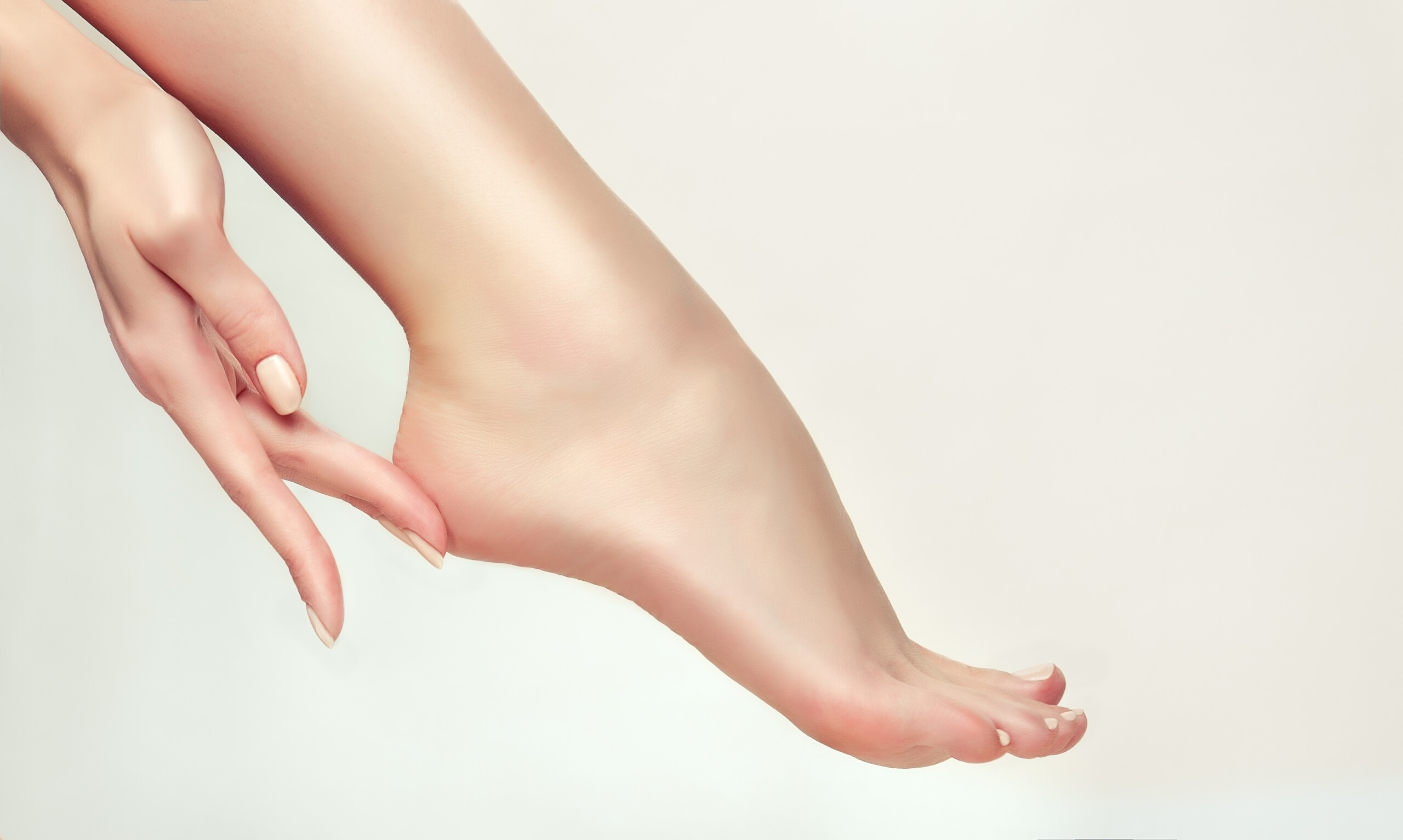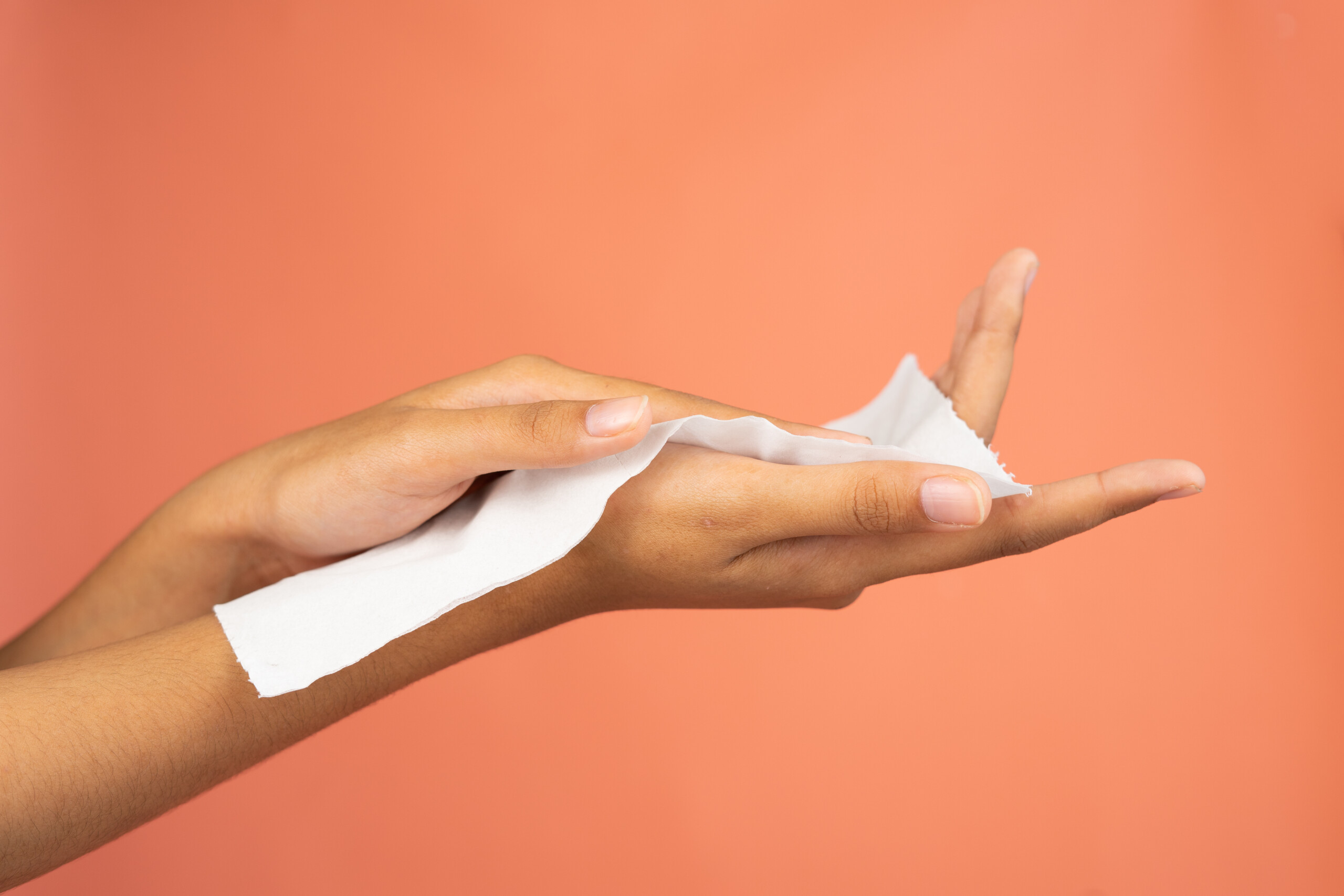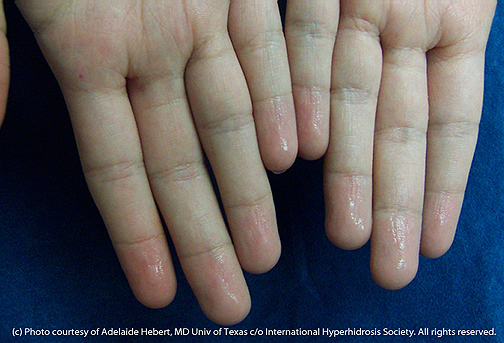Professional Dermatology Solutions for Treatment of Hyperhydrosis of Hands: Comprehensive Overview
Introducing the Intricacies of Excessive Sweating: A Comprehensive Guide to Medical Diagnosis and Management
Too much sweating, clinically understood as hyperhidrosis, is a condition that impacts a significant number of individuals and can have an extensive effect on their quality of life. While sweating is a natural physical feature, its overactivity in hyperhidrosis presents a special set of challenges that commonly go beyond plain discomfort.

Comprehending Hyperhidrosis Causes
Hyperhidrosis causes can be attributed to numerous variables such as genes, hormone inequalities, and specific clinical conditions. Genetics play a significant function in primary focal hyperhidrosis, where individuals inherit the problem from their family participants. By identifying the specific elements contributing to excessive sweating, healthcare providers can tailor therapy strategies to attend to the underlying reason, offering alleviation and improving the top quality of life for individuals impacted by hyperhidrosis.
Recognizing Hyperhidrosis Effects

Furthermore, hyperhidrosis signs and symptoms might manifest in social and emotional distress, as individuals may really feel ashamed or distressed about their sweating, resulting in avoidance of social scenarios (Treatment for hyperhydrosis of hands and feet). Additionally, repeated episodes of too much sweating can lead to skin maceration, fungal infections, and a general decrease in self-worth
Diagnostic Refine for Hyperhidrosis
Starting the diagnostic procedure for too much sweating involves complete assessment of the individual's case history and health examination. Asking concerning the onset, period, and activates of sweating episodes is important to set apart between key focal hyperhidrosis and secondary generalized hyperhidrosis. Case history must likewise include questions concerning medicines, clinical conditions, and family members history of hyperhidrosis.
Throughout the health examination, particular attention is paid to the areas impacted by sweating. The health care supplier might examine the extent of sweating, check for indicators of underlying problems, and review the influence of sweating on the person's top quality of life. Furthermore, specific examinations like the gravimetric examination, starch-iodine examination, or skin conductance measurements might be performed to quantify the amount of sweat produced.
Furthermore, in situations where second hyperhidrosis is suspected, extra tests such as blood examinations, pee examinations, and imaging studies may be recommended to identify the underlying reason of too much sweating. The diagnostic procedure intends to properly establish the kind and root cause of hyperhidrosis to guide appropriate monitoring approaches.
Therapy Choices for Hyperhidrosis
When addressing extreme sweating, page numerous therapy options are readily available to relieve signs and enhance the person's high quality of life. The therapy technique for hyperhidrosis depends on the intensity of signs and the client's reaction to preliminary treatments.
Topical treatments, such as aluminum-based antiperspirants, are frequently recommended as the very first line of defense for managing light cases of hyperhidrosis. These products work by plugging the sweat ducts, thus lowering the amount of sweat that gets to the skin's surface. For people with more serious symptoms, oral medications like anticholinergics might be prescribed to aid decrease sweating. Nevertheless, these drugs can have side impacts and are not appropriate for everybody.

Effective Administration Strategies
To successfully handle hyperhidrosis, a customized and detailed treatment plan tailored to the individual's specific demands and action to previous treatments is important. This strategy may incorporate a combination of healing approaches, including lifestyle alterations, topical treatments, oral drugs, botulinum contaminant injections, iontophoresis, and in severe situations, surgical treatments like sweat gland elimination or sympathectomy. Way of life modifications such as using moisture-wicking garments, utilizing antiperspirants, and exercising stress-reducing strategies can match medical interventions. Topical antiperspirants containing light weight aluminum chloride are frequently the first-line therapy, with more powerful solutions readily available for immune instances. Dental medications like anticholinergics may be suggested description for generalized hyperhidrosis. Botulinum contaminant injections work for focal hyperhidrosis, offering temporary relief by blocking the release of acetylcholine. Iontophoresis, involving using a reduced electrical existing to reduce gland task, can be helpful for both palmoplantar and axillary hyperhidrosis. Surgical options are generally reserved for serious, refractory instances and require mindful factor to consider of benefits and threats. A multidisciplinary approach including skin specialists, medical care physicians, and, if essential, surgeons, can maximize the management of hyperhidrosis.
Final Thought
Finally, hyperhidrosis is a problem characterized by excessive sweating, which can substantially impact an individual's lifestyle. By comprehending the causes, recognizing the symptoms, and going through the diagnostic process, healthcare service providers can properly manage this condition. Therapy options include topical drugs, oral medications, shots, and even surgical treatments in serious instances. With correct medical diagnosis and administration strategies, individuals struggling with hyperhidrosis can discover alleviation and enhance their general wellness.
Too much sweating, clinically known as hyperhidrosis, is a problem that impacts a considerable number of people and can have a profound impact on their high quality of life. By identifying the certain factors adding to excessive sweating, healthcare companies can tailor treatment plans to deal with the underlying reason, using alleviation and improving the top quality of life for individuals impacted by hyperhidrosis.
Hyperhidrosis, characterized by extreme sweating past what is required for controling body temperature, can significantly affect an individual's high quality of life. Inquiring concerning the start, duration, and sets off of sweating episodes is essential to separate in between main focal hyperhidrosis and second generalized hyperhidrosis. Treatment for hyperhydrosis of hands and feet.In verdict, hyperhidrosis is a problem identified by too much special info sweating, which can considerably affect an individual's high quality of life